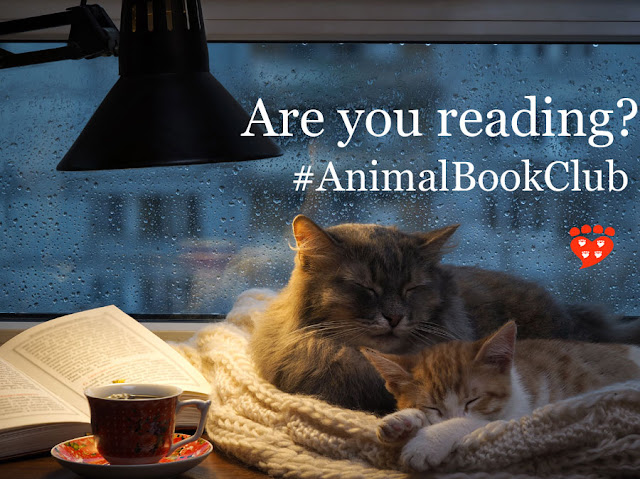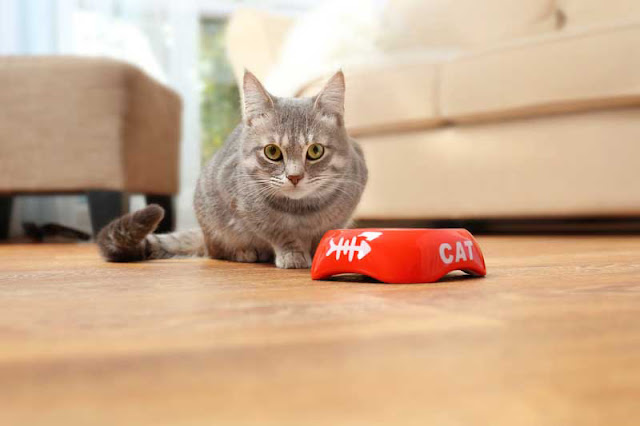Fellow Creatures: A New Post

I have a new post at my Psychology Today blog Fellow Creatures on a wonderful initiative to interest girls in science, via canine science. All this month, the bloggers behind Do You Believe in Dog? , Mia Cobb and Julie Hecht, are sharing inspiring quotes from female canine scientists to encourage girls to get into science, technology, engineering and mathematics (STEM) fields. They are using a girl's best friend to encourage girls to be scientists . Africa Studio / Shutterstock Zazie Todd, PhD ,






